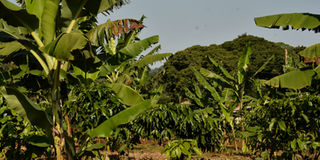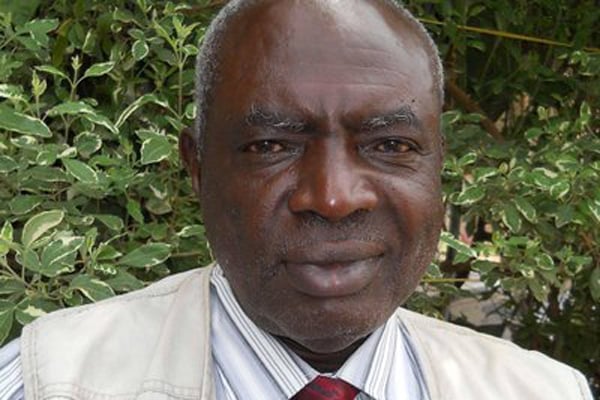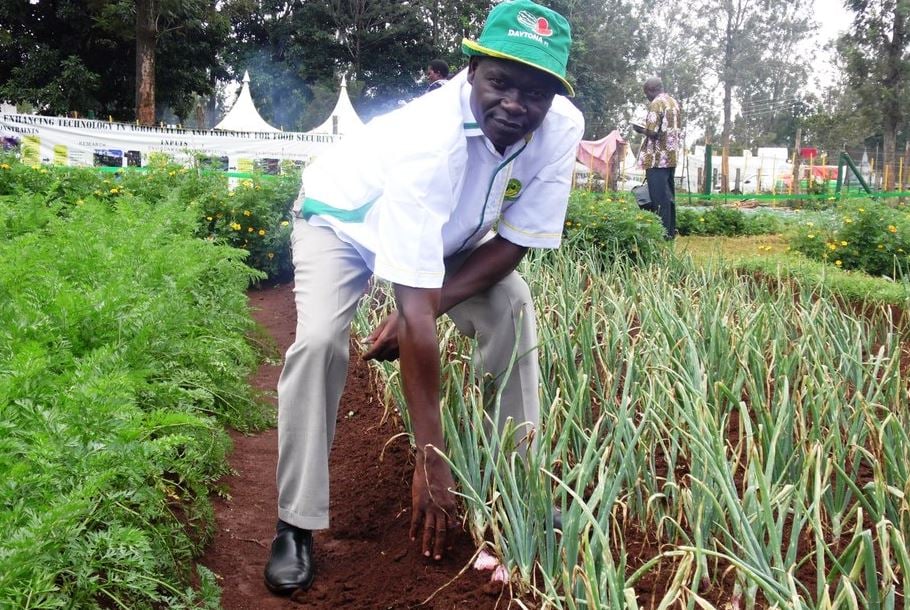Prime
Consider these practices this year

A coffee garden intercropped with bananas as well as shade trees. Nutrient management is crucial in coffee farming. Photo | File
What you need to know:
- Shade tree selection and management are potentially important tools for integrated pest management because increased shade may increase the incidence of some commercially important pests and diseases.
Coffee is an important cash crop in Uganda mainly supporting millions of smallholder rural farmers.
According to the Uganda Coffee Development Authority (UCDA), coffee exports earn Uganda Shs3t.
But it plays a more important role to farming households as coffee growing enhances incomes of the more than 1.7m farmers in Uganda. Each coffee tree is estimated to contribute at least Shs10,000 annually.
Background
New coffee varieties have the potential to bring together the two paths, productivity and high quality beans. New varieties such as KR varieties ranging from KR1 to 10 give improved yield and high quality.
Dr Pascal Musoli, a senior researcher at the National Coffee Research Institute (NaCORI) who heads breeding at the institute says new coffee varieties yield much better and are resistant to diseases and pests.
Shade trees
Shade trees are beneficial to coffee farmers in a way that they provide shade to coffee trees, especially during the dry season. Shade trees can act as windbreaks and also contribute to soil fertility.
They also help in recycling soil nutrients, recycling water and can provide wood fuel, among other benefits.
It is advisable to plant shade trees in coffee plantations for better yields and bean quality. Some shade trees are a source of foliage for domestic animals.
Scientists advise that shade trees are planted one year before establishing the coffee plantation. The spacing of shade trees varies depending on their age of growth, species and location. Where recommended trees already exist, reduce them to recommended spacing. It is advisable to manage shade trees to provide 40-50 percent shade intensity.
There are three shade systems coffee farmers need to be aware of. They include; agroforestry, intercropping, and leguminous systems.
Farmers can plant such trees as avocado, orange, mandarin, and macadamia nut trees that will provide fruit and nuts for sale.
Dr Musoli explains that shade trees should be pruned to regulate shade. This process is called pollarding.
Shade tree selection and management are potentially important tools for integrated pest management because increased shade may increase the incidence of some commercially important pests and diseases.
Dr Nambuya explains that such trees as avocado and albizia are alternate hosts to the Black Coffee Twig Borer and before using them, agronomists must be contacted.
According to guidelines by the Uganda Coffee Development Authority (UCDA), other trees that need to be avoided are; hardwoods such as Grevillea Robusta and musizi, trees that take very long to grow such as muvule and trees that have leaves that take long to decompose. Other trees include those that produce thorns such as ejjirikiti as well as trees with a conical shape such as eucalyptus and jack fruit trees.
Mulching
Climate change has introduced significant unpredictability to local weather patterns, the effects of which must be mitigated to sustain consistent coffee yields. This makes mulching a key component in sustaining coffee production.
Mulching has multiple benefits for plants including providing nutrients and preventing water loss yet it forms a barrier against weeds.
Most farmers in Uganda, use dry grass, maize stovers or banana leaves as mulching material.
Mulching with legume materials has been reported to produce higher concentrations of soil nutrients compared to grasses and crop residues.
Fertiliser application
For optimum production, the crop should be provided with proper nutrition. This includes both macro and micronutrients which is achieved through application of basal and foliar fertiliser. After pruning your coffee trees well, hoed up the weeds, then apply fertiliser. Basal fertilisers are absorbed through the roots and they include DAP, CAN, NPK.
Coffee trees need a lot of potash, nitrogen and a little of phosphoric acid. Spread the fertiliser in a ring around each coffee plant and be careful not to put any on its trunk, branches or leaves. Manure could also be added depending on the organic matter of the soil. Foliar fertilisers are absorbed through the foliage and thus are sprayed.
Intercropping
Intercrops are mainly practiced in areas where there is lack of enough land such that farmers utilise spaces between the coffee trees.
Dr Alice Nambuya, an agro-forestry scientist at NaCORI, explains that crops that grow well when intercropped with coffee include soya, beans and groundnuts. This is because they are short-rooted and do not compete with coffee. Bananas are also a recommended intercrop.
“If a farmer is to mix coffee with bananas, the banana should be placed 8ft apart for Arabic coffee and 10ft apart for Robusta coffee to avoid competition for soil nutrients,” she advises.
Shade trees
Shade trees are beneficial to coffee farmers in a way that they provide shade to coffee trees, especially during the dry season. Shade trees can act as windbreaks and also contribute to soil fertility.




